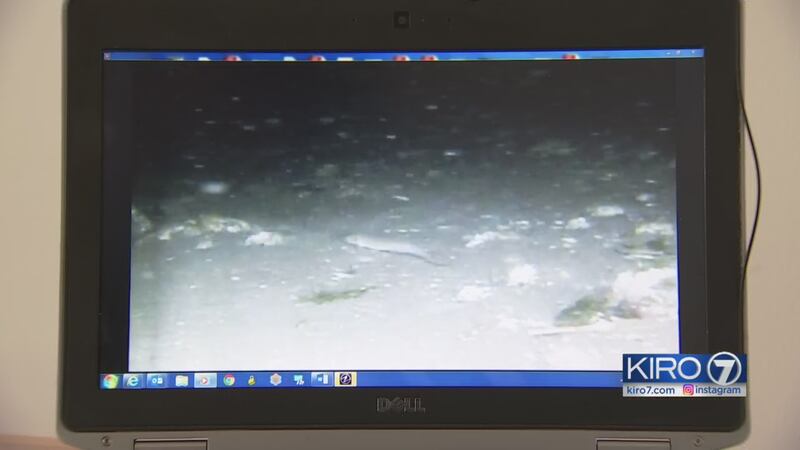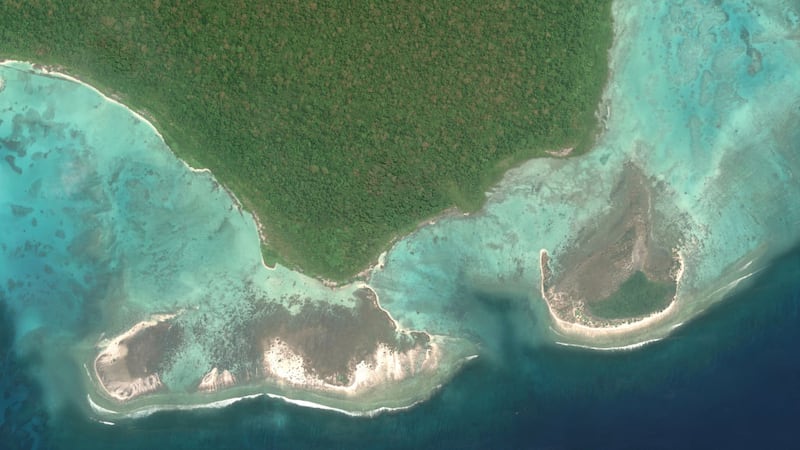On a June day in Colvos Passage, south of Olalla, "Doc" Thoemke dropped a homemade underwater video camera over the side of his boat.
As he lowered it to the bottom of Puget Sound, flakes appeared on the video monitor.
"We're looking really good. See how thick the flakes are? They're just huge," Thoemke said.
As the camera moved to a depth of 300 feet, beyond where divers can go, the flakes became thicker.
"We're looking at stuff nobody's ever seen before," Thoemke said.
A longtime fishing charter captain, Thoemke got into underwater video 27 years ago, back when cameras were less sophisticated.
"Over the last five years, I've seen a big decline in our bottom fish, huge decline," Thoemke said.
More and more, he's been seeing the flakes, which are about a quarter inch in size.
"Sea snow is what I'm calling it, and I'm not quite sure what it is," Thoemke said.
KIRO 7 showed the underwater video clips to Christopher Krembs, an oceanographer in the marine monitoring unit at the Washington Department of Ecology.
Turns out, Thoemke wasn't far off when he called it sea snow.
"It's called marine snow. and it doesn't sink very fast, and so basically, it gets transported with the currents over long distances," Krembs said.
Marine snow is microalgae that forms at the surface where there's light and then dies and sinks slowly through the water column.
State officials do regular flyovers of the Sound and take water samples.
They thought marine snow was at the bottom of the Sound but didn't previously have visualconfirmation.
"For us, this has been a missing link, because we've suspected it, but we don't have the video footage for it," Krembs said.
Krembs said the marine snow is likely providing food for some fish and allowing others to hide from predators in murky water.
But he also said the flakes might be carrying pollutants.
While marine snow is natural, Krembs says so much of it could be a symptom of warmer temperatures in the Sound.
Even though El Nino is over and the so-called blob of warm water in the ocean has fizzled, Puget Sound, Krembs said, is three degrees warmer this year than it should be, extending all the way to the bottom.
"The large climate scenario that we're experiencing at the moment and the large impact of it is also resonating in Puget Sound," Krembs said..
What's more, the biggest contributor of fresh water to the Salish Sea, which includes the Sound, is the Fraser River in Canada, where this year's flows are low.
That means water in the Sound isn't flushing out as much and can warm more easily, leading to things like the marine snow captured on Thoemke's video.
"I'm excited about citizens recording things like that, because that's what we need. People having their eyes on the water," Krembs said.
Cox Media Group







